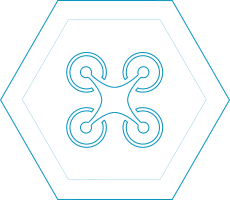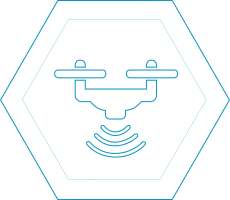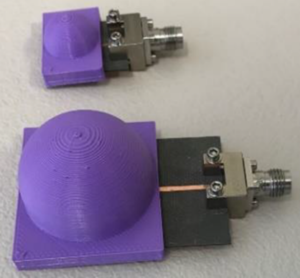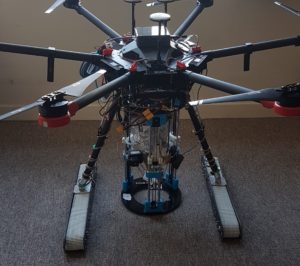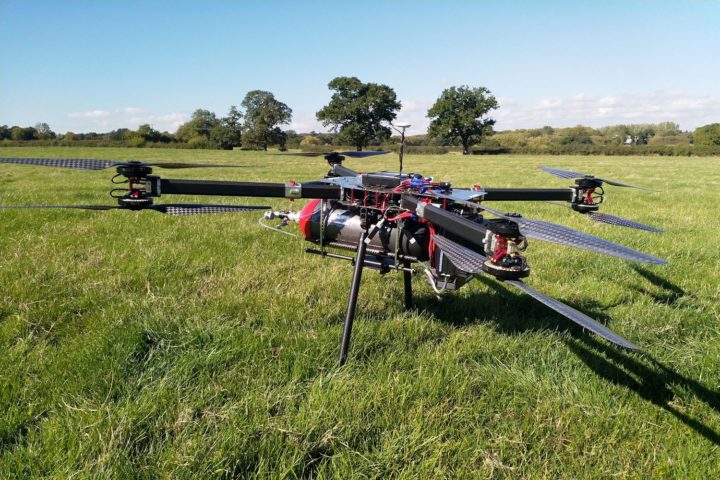
New flight record for hydrogen fuel-cell powered drone
A new flight record has been set for a hydrogen fuel-cell powered drone, achieving 70 minutes of continuous flight with a 5 kg payload for the first time in January 2019.
The multi-rotor unmanned aerial vehicle (UAV) was developed as part of Project RACHEL, whose project team includes Self-Repairing Cities drone expert Dr Stephen Prior.
Project RACHEL, supported by Innovate UK, is led by venture engineering company Productiv on behalf of the UK’s leading UAV filming specialists BATCAM. The UAV is powered by fuel cells from Intelligent Energy. Dr Prior designed and selected the co-axial propulsion system for this drone. This enabled a highly efficient platform which had a MTOM under the 20 kg CAA category. The entire system was compact and easy to transport, meaning the operator BATCAM could transport this to jobs within their existing fleet of vehicles.
The lithium polymer battery powered UAVs currently flown by BATCAM allow around 12 minutes of useable flight. This means that the 70 minutes of uninterrupted flight achieved by the hydrogen fuel-celled drone represents a huge step forward. Other advantages of fuel cells over batteries include fast refuel, no vibration, zero emission at point of use and quiet operation. Put all of this together and fuel cells have the potential to be a game-changer for the UAV market.
Jonathan Reed of Productiv commented: “The effectiveness of UAVs is limited by their flight time and payload capacity. This innovation opens up new opportunities for commercial UAV operators.”
“Operators need longer flight times than can be delivered with batteries and are therefore seeking alternative power sources with higher power density. Hydrogen power has huge potential here.”
As well as finding use in the filming and broadcast industry, it is expected that the quiet, long flight drones will find applications in sectors such as mining, agriculture, surveying and monitoring, security, and emergency services. The project will complete early in 2019 with BATCAM carrying out real-world end-user trials.
Further information about project RACHEL and video of the flight test can be found at The Hydrogen Drone website.
Self-Repairing Cities continues to benefit from the cross-over with other world-leading projects and is active in developing such collaborations. Coming out of the work conducted by Self-Repairing Cities on underground infrastructure, such as our wireless recharging pipe-robot, the team is also involved in a new EPSRC grant led by the University of Sheffield to develop swarms of miniature robots to inspect and fix pipes: Self-Repairing Cities members involved include Professors Chris Rogers, Rob Richardson, Netta Cohen and Ian Robertson, amongst others. Similarly, Self-Repairing Cities operational director Dr Raul Fuentes is leading on another EPSRC project developing burrowing robots to lay fibre optic telecommunications cables, reducing the need to dig up the roads to install such infrastructure. Together with Self-Repairing Cities, these activities are building the momentum and expertise in infrastructure robotics to deliver our vision of zero streetworks in cities by 2050.
